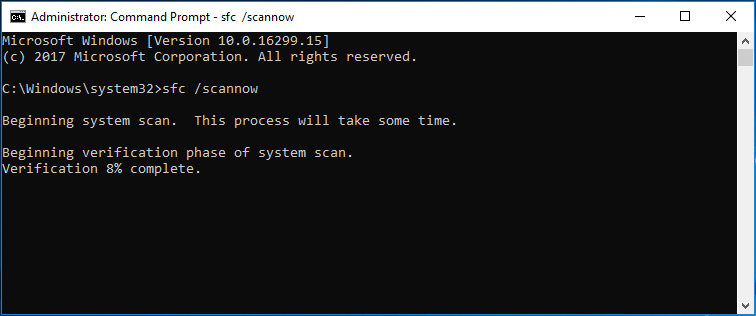

Windows Error Reporting (WER) is a flexible event-based feedback infrastructure that allows to take further action when an Application Error event ID 1000 is detected. Hence, the name "second-chance exception".Īn Application Error Event ID 1000 is a directly result of a second-chance exception. If a debugger (WinDBG, DebugDiag, ProcDump, etc.) is attached to the application, it is given a second chance to deal with the exception (typically, by saving a memory dump, which allows further investigation. injection of a Symantec user-mode component), it crashes. If an application is unable to handle an exception, whether by error of its own or through outside interference (e.g. Otherwise applications would crash all the time. More often than not, an application succesfully handles such an exception. This exception is called a "first-chance exception", as the application first gets a chance to handle the exception through its exception handler.įor example, a console application may allow to enter Y or N in response to a question, but what if the user enters any other character? If the programmer does not take this possible exception into account, the application would crash.

This is very useful in scenarios where partial failures are expected and it is not desirable to fail an entire operation just because one of several optional parts failed. When an exception is raised in an application, its exception handler may correct or ignore the condition, rather than allow a failure to propagate up through intervening layers.


 0 kommentar(er)
0 kommentar(er)
